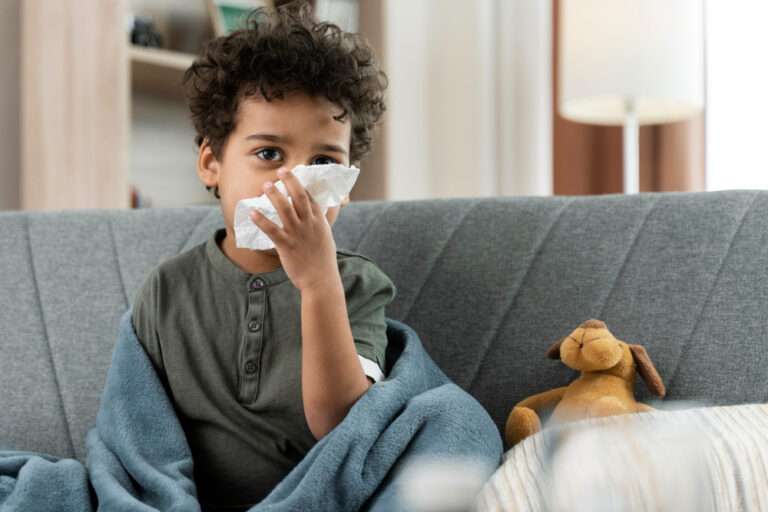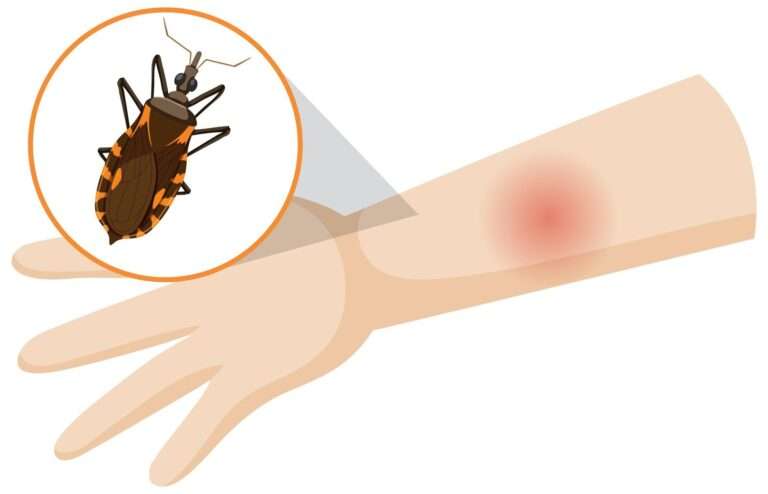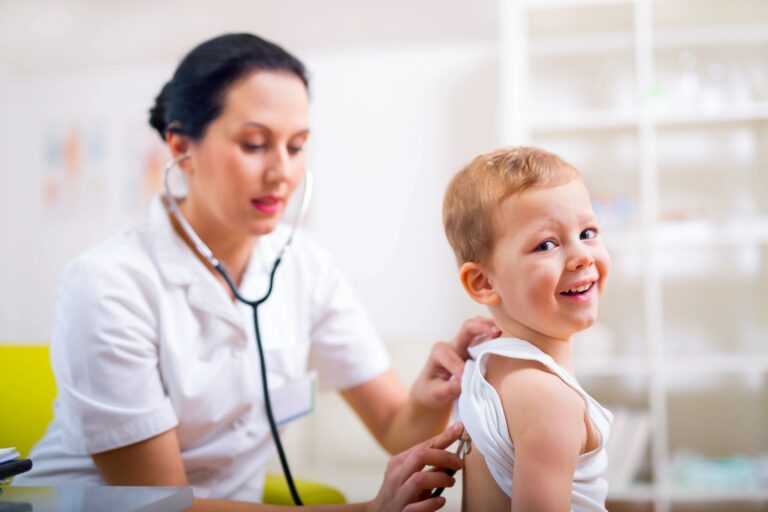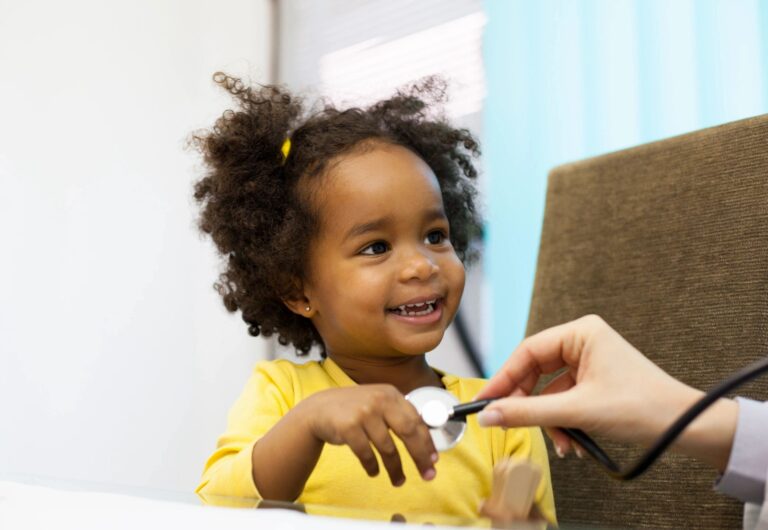Strep throat in children
Strep throat, also known as streptococcal pharyngitis or simply strep, is a bacterial infection that can affect people of all ages, including children. It is caused by the Group A Streptococcus bacteria (Streptococcus pyogenes). Here’s what you need to know about strep throat in children:
Symptoms: Strep throat can have various symptoms in children, including:
- Sore Throat: One of the hallmark symptoms is a severe sore throat, often accompanied by pain or discomfort while swallowing.
- Fever: Children with strep throat commonly have a high fever (usually above 101°F or 38.3°C).
- Red Tonsils: The tonsils and the back of the throat may appear red and swollen, sometimes with white patches or pus.
- Swollen Lymph Nodes: The lymph nodes in the neck may become enlarged and tender.
- Headache: Children with strep throat may experience headaches.
- Stomachache: Some children may complain of abdominal pain and nausea.
- Rash: In some cases, children with strep throat may develop a rash known as scarlet fever, characterized by a red, sandpaper-like rash that starts on the chest and spreads.
- Lack of Cough and Runny Nose: Strep throat typically does not cause a cough or a runny nose, which differentiates it from viral sore throats.
Diagnosis: Diagnosing strep throat usually involves a throat swab, where a healthcare provider uses a cotton swab to collect a sample from the back of the child’s throat. The sample is then tested for the presence of Group A Streptococcus bacteria. Rapid strep tests provide quick results, but a throat culture may be performed if the rapid test is negative, as it is more accurate but takes longer for results.
Treatment: If strep throat is confirmed, it is typically treated with antibiotics, which can help reduce the duration of symptoms, prevent complications, and reduce the risk of spreading the infection to others. Common antibiotics used to treat strep throat in children include penicillin or amoxicillin. It’s crucial to complete the full course of antibiotics, even if the child starts feeling better, to ensure the infection is fully eradicated.
Prevention: To help prevent strep throat in children:
- Good Hygiene: Teach children to practice good handwashing and to avoid sharing utensils, drinks, or personal items with others.
- Cover Mouth and Nose: Encourage children to cover their mouth and nose when coughing or sneezing, ideally with a tissue or their elbow, to prevent the spread of the bacteria.
Return to School: Children with strep throat should remain home from school and other group settings until they have been on antibiotics for at least 24 hours and are no longer contagious. This helps prevent the spread of the infection to classmates and others.
Strep throat is generally a treatable and relatively mild illness when diagnosed and treated promptly with antibiotics. However, if left untreated, it can lead to complications like rheumatic fever or kidney problems, so it’s essential to seek medical attention if you suspect your child has strep throat.
------------From our Sponsors------------









